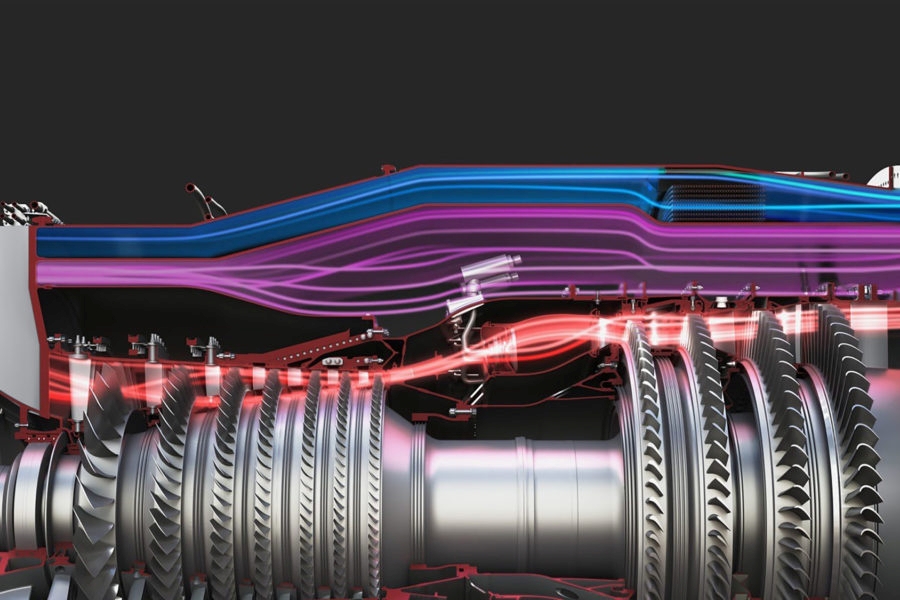
While uncertainty on the way ahead for the Next Generation Air Dominance future fighter persist, the US Air Force has decided to continue backing the development of the advanced, adaptive engines that will be fundamental to propel it.
Both General Electric and Pratt & Whitney have been granted modifications to the existing contracts for technology maturation and risk reduction for their initial Next Generation Adaptive Propulsion (NGAP) entries. The indefinite-delivery/indefinite-quantity modifications bring the ceiling value of each contract to 3.5 billion USD, more than 3 times higher than the $975 million ceiling on the original contracts awarded in 2022.
We can only assume that the Adaptive Engine early work is proving the merits of the formula which, thanks to a third stream of air within the engine that can be re-directed (“adapted”) to the need of the moment during the engine’s functioning cycle, promises to ensure greater power output and much greater efficiency, with reduced fuel consumption. The work covered by the modified contracts is expected to be concluded by mid-July 2032.
In the recent past, the USAF attempted to develop an Adaptive Engine which would be suitable for retrofit into the F-35, the Adaptive Engine Transition Program (AETP), but this initiative was abandoned by 2023 in favour of a more modest Engine Core Upgrade for the existing Pratt & Whitney F-135 engine. The Adaptive engine promised to be much more expensive to pursue and worse, there were concerns that it would only be possible to make such an engine fit the needs of the A and perhaps C variant, leaving out the B STOVL variant.
In themselves, however, the advantages of the adaptive cycle were very attractive: the estimates supplied would have seen a growth of “at least” 20% more in terms of thrust and 30% more range for an F-35A / C. This kind of margin over existing, established engine types is obviously a potentially game changing advance that the USAF has decided to continue pursuing for future use, beginning with the NGAD project.
General Electric project is known as XA102 and passed a major design review in December 2023, a key step towards the construction of a first prototype engine to put through ground testing. Pratt & Whitney’s NGAP entry is known as XA103, and according to the company the results of the tests over the last few years have been very promising.
In February 2024 a key design review was concluded with the USAF and the new engine can now progress further, with ground testing envisioned in the late 2020s. Former Air Force Secretary Frank Kendall had only recently said that a potential way to reduce the “shocking” estimated pricetag of the future NGAD crewed fighter might be to settle for less ambitious, more traditional engines, but these new contract awards suggest the Air Force believes the Adaptive engine technology to be a strategic development to be pursued.
The NGAD is envisioned as a “family of systems” including a sixth-generation crewed fighter, as well as drone wingmen to be procured through their own project, the Collaborative Combat Aircraft (CCA); plus other advanced systems, sensors and new weapons. Billed to replace the F-22 RAPTOR already from 2030, NGAD went from targeting a very rapid development to experiencing near-cancellation when initial cost estimates came in at between $250 million and $300 million, more than 3 times the cost of an F-35.
The USAF has been forced to put NGAD on hold in the summer of 2024, reconsidering various parts of the project to find ways to drive cost down.








.png)
